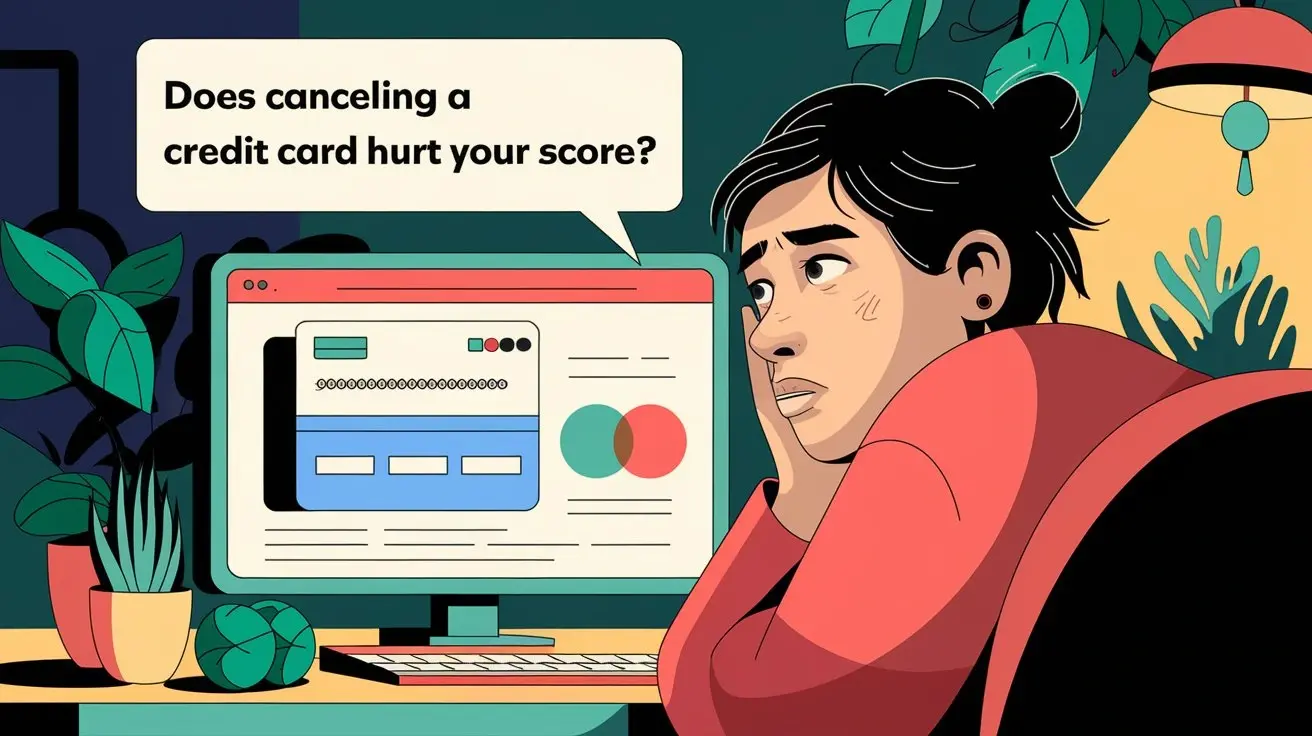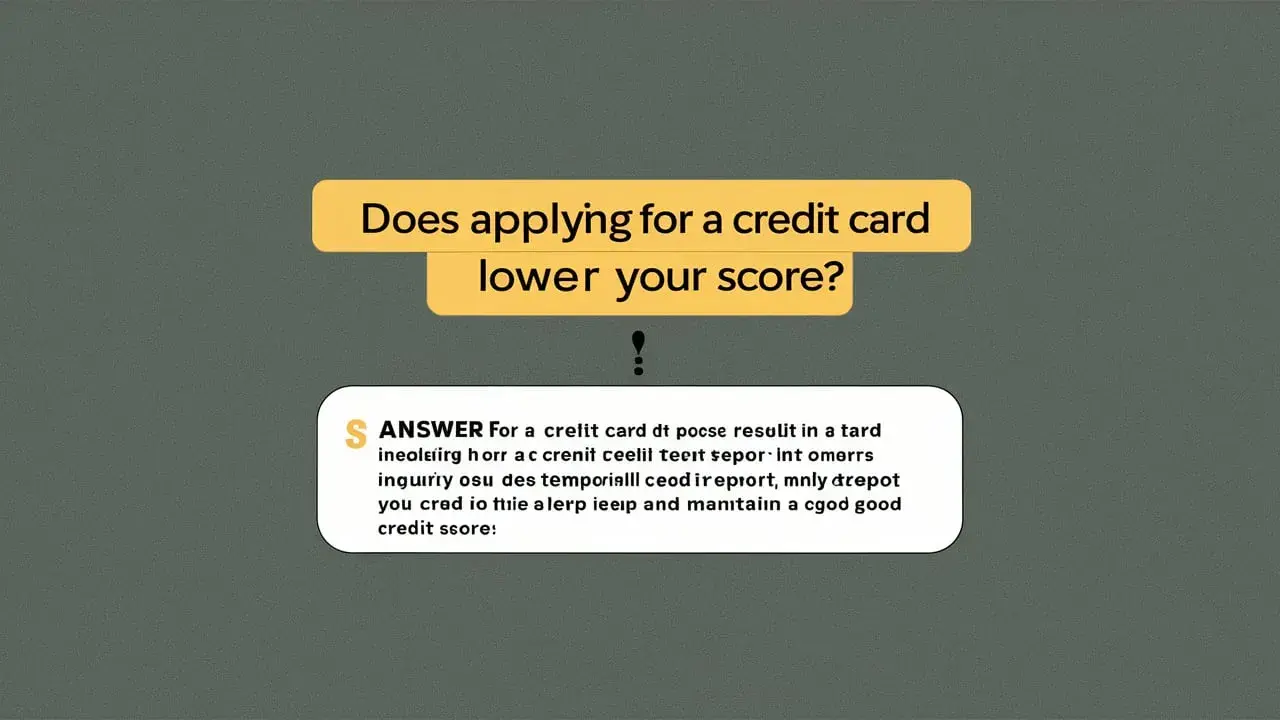-
Posted on: 01 Aug 2024
-
Credit card debt is a common financial challenge for many Americans. Understanding the average debt levels, the underlying factors, and effective strategies to manage it is crucial for financial well-being. This comprehensive guide explores the current state of credit card debt in the US, analyzes the contributing elements, and provides actionable steps to reduce your debt and improve your financial health.
Understanding the Current State of Credit Card Debt
Keeping track of the average credit card debt in the US provides a valuable benchmark for understanding your own financial situation. It helps you assess whether your debt level is within the norm or if you need to take proactive steps to manage it.
What is the Average Credit Card Debt?
The average credit card debt in the United States fluctuates based on various economic factors. Recent data from sources like Experian, TransUnion, and the Federal Reserve indicate that the average credit card debt per borrower typically ranges from $5,000 to $6,000. However, it's important to remember that this is just an average, and individual debt levels can vary significantly.
According to a report published by Experian in 2023, the average credit card balance was around $5,700. This figure reflects the total outstanding balance across all credit cards held by individuals. Other sources, such as the Federal Reserve, provide data on aggregate credit card debt, which offers a broader perspective on the overall consumer debt landscape.
Trends in Credit Card Debt
Over the past few years, credit card debt has generally been on the rise. Several factors contribute to this trend:
- Economic Conditions: During economic downturns or periods of high inflation, individuals may rely more heavily on credit cards to cover essential expenses.
- Spending Habits: Consumer spending patterns, particularly during holidays and major shopping events, can lead to increased credit card balances.
- Interest Rates: Rising interest rates on credit cards can make it more challenging to pay down debt, as a larger portion of each payment goes towards interest rather than the principal.
- Availability of Credit: Easy access to credit cards and higher credit limits can encourage overspending and increased debt accumulation.
It is important to monitor these trends and adjust your financial strategies accordingly.
Factors Influencing Credit Card Debt
Several factors contribute to the amount of credit card debt an individual may carry. Understanding these influences can help you identify potential areas for improvement in your own financial management.
Economic Conditions
The overall economic climate significantly impacts credit card debt. During periods of economic recession or high unemployment, individuals may turn to credit cards to cover essential living expenses. Conversely, during periods of economic growth, consumers may be more likely to spend on discretionary items, potentially increasing their credit card balances.
Income and Employment
Income level is a primary determinant of credit card debt. Individuals with lower incomes may struggle to make minimum payments and are more likely to carry a balance from month to month. Unemployment or job insecurity can exacerbate this situation, forcing individuals to rely on credit cards for basic necessities.
Spending Habits
Spending habits play a crucial role in credit card debt accumulation. Impulsive spending, lack of budgeting, and overspending on non-essential items can quickly lead to high balances. Developing a budget and tracking expenses can help individuals gain control over their spending and avoid unnecessary debt.
Interest Rates
Credit card interest rates, often expressed as an annual percentage rate (APR), can significantly impact the total cost of carrying a balance. High interest rates can make it difficult to pay down debt, as a large portion of each payment goes towards interest charges. Comparing interest rates and choosing cards with lower APRs can save you money over time.
Credit Score
Your credit score affects your ability to obtain credit cards with favorable terms. A lower credit score may result in higher interest rates and lower credit limits, making it more challenging to manage debt. Maintaining a good credit score is essential for accessing affordable credit and managing your finances effectively.
Financial Literacy
A lack of financial literacy can contribute to poor financial decisions, including overspending and accumulating debt. Understanding basic financial concepts, such as budgeting, interest rates, and credit scores, can empower individuals to make informed choices and manage their finances effectively.
The Impact of Credit Card Debt
Carrying a significant amount of credit card debt can have a detrimental impact on various aspects of your life.
Financial Stress
High credit card debt can lead to significant financial stress and anxiety. The constant worry about making payments, the accumulation of interest charges, and the potential for late fees can take a toll on your mental health. Managing debt proactively can alleviate some of this stress.
Limited Financial Opportunities
High debt levels can limit your ability to pursue other financial goals, such as saving for retirement, investing, or purchasing a home. A significant portion of your income may be dedicated to debt repayment, leaving less available for other priorities.
Damaged Credit Score
Late payments or high credit utilization (the amount of credit you're using compared to your credit limit) can negatively impact your credit score. A lower credit score can make it more difficult to obtain loans, rent an apartment, or even get a job.
Reduced Spending Power
As more of your income goes towards debt repayment, you have less available for other expenses, reducing your overall spending power. This can impact your quality of life and limit your ability to enjoy discretionary spending.
Strategies for Managing and Reducing Credit Card Debt
Fortunately, there are several effective strategies for managing and reducing credit card debt. Implementing these strategies can help you regain control of your finances and work towards a debt-free future.
Budgeting and Expense Tracking
Creating a budget is the first step towards managing your finances. Track your income and expenses to identify where your money is going and identify areas where you can cut back. There are numerous budgeting apps and tools available to help you with this process.
Debt Snowball Method
The debt snowball method involves paying off your smallest debt first, regardless of interest rate. This provides a quick win and motivates you to continue tackling your debt. Once the smallest debt is paid off, you roll that payment amount into the next smallest debt, and so on.
Debt Avalanche Method
The debt avalanche method focuses on paying off the debt with the highest interest rate first. This strategy saves you the most money in the long run by minimizing interest charges. However, it may require more discipline, as you won't see immediate results.
Balance Transfers
A balance transfer involves transferring your high-interest credit card balances to a new card with a lower interest rate or a promotional 0% APR period. This can significantly reduce your interest charges and help you pay down your debt faster. Be sure to consider any balance transfer fees before making a transfer.
Debt Consolidation Loans
A debt consolidation loan involves taking out a new loan to pay off your existing credit card debts. Ideally, the new loan will have a lower interest rate and a fixed repayment schedule, making it easier to manage your debt. This can simplify your payments and potentially save you money on interest.
Negotiating with Creditors
Contacting your creditors and negotiating a lower interest rate or a payment plan may be an option. Explain your situation and be prepared to provide documentation to support your request. Creditors may be willing to work with you to avoid having you default on your debt.
Credit Counseling
Seeking guidance from a credit counselor can provide valuable support and resources for managing your debt. Credit counselors can help you develop a budget, negotiate with creditors, and create a debt management plan.
Avoiding Further Debt
While you're working on paying down your existing debt, it's essential to avoid accumulating more debt. Refrain from using your credit cards unless absolutely necessary, and focus on living within your means.
The Role of Credit Score in Managing Debt
Your credit score plays a significant role in your ability to manage debt effectively. A good credit score can help you qualify for lower interest rates, higher credit limits, and more favorable terms on loans and credit cards.
How Credit Score Affects Interest Rates
Lenders use your credit score to assess your creditworthiness and determine the interest rate they offer you. Individuals with higher credit scores typically receive lower interest rates, saving them money over the long term.
Building and Maintaining a Good Credit Score
Here are some key steps to building and maintaining a good credit score:
- Pay Your Bills on Time: Payment history is the most important factor in your credit score. Always pay your bills on time, every time.
- Keep Credit Utilization Low: Credit utilization is the amount of credit you're using compared to your credit limit. Aim to keep your utilization below 30% for each card.
- Check Your Credit Report Regularly: Review your credit report for errors and dispute any inaccuracies you find. You can obtain a free copy of your credit report from each of the three major credit bureaus (Equifax, Experian, and TransUnion) annually at AnnualCreditReport.com.
- Avoid Opening Too Many Accounts: Opening too many credit accounts in a short period can lower your average account age and negatively impact your credit score.
- Maintain a Mix of Credit Accounts: Having a mix of credit accounts, such as credit cards and installment loans, can demonstrate responsible credit management and improve your score.











